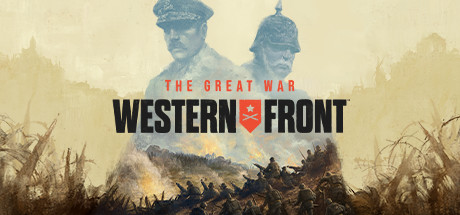
was one of the deadliest conflicts in human history, claiming the lives of millions of soldiers and civilians. The Western Front, a series of trenches and fortifications that stretched from the North Sea to Switzerland, was one of the most significant battlefronts of the war. In this article, we will explore the events that took place on the Western Front, the tactics employed by both sides, and the impact of the war on Europe and the world.
Introduction
The outbreak of World War I in 1914 marked the beginning of a new era of warfare, characterized by industrialized weapons and trench warfare. The Western Front, where the German army faced off against the Allied forces of France, Britain, and Belgium, was one of the deadliest battlefronts of the war. The battlefront stretched for over 400 miles, with both sides digging trenches and fortifications to protect themselves from enemy fire.
The Stalemate on the Western Front
Despite initial advances by the German army, the Western Front quickly became a stalemate, with neither side able to gain significant ground. The development of new weapons, such as machine guns and artillery, made it difficult for soldiers to move across no-man’s-land, the area between the opposing trenches. The use of poison gas further exacerbated the stalemate, as soldiers were forced to wear gas masks and stay in their trenches.
Trench Warfare
Trench warfare became the dominant form of warfare on the Western Front. The trenches were a complex network of tunnels and dugouts, designed to protect soldiers from enemy fire. Conditions in the trenches were harsh, with soldiers living in close quarters and exposed to disease and unsanitary conditions.
The Battle of the Somme
The Battle of the Somme, which took place in 1916, was one of the deadliest battles of the war. The British and French forces launched a massive assault on the German trenches, hoping to break the stalemate. However, the battle resulted in massive casualties on both sides, with over one million soldiers killed or wounded.
The Impact of the War
The Great War had a profound impact on Europe and the world. The war led to the collapse of several empires, including the German, Austro-Hungarian, and Ottoman empires. The Treaty of Versailles, which ended the war in 1919, imposed heavy reparations on Germany and paved the way for the rise of Nazi Germany and World War II.
Conclusion
The Western Front was one of the most significant battlefronts of World War I. The use of trenches and fortifications, combined with industrialized weapons and tactics, led to a stalemate that lasted for years. The war had a profound impact on Europe and the world, leading to political and social upheaval that lasted for decades.
FAQs
- How long did the Western Front last?
The Western Front lasted for four years, from 1914 to 1918.
- How many soldiers died on the Western Front?
It is estimated that over two million soldiers died on the Western Front.
- What were the conditions like in the trenches?
Conditions in the trenches were harsh, with soldiers living in close quarters and exposed to disease and unsanitary conditions.
- Did the Allies ever break through the German lines on the Western Front?
The Allies were able to make some gains on the Western Front, but they were never able to break through the German lines.
- What was the impact of the war on Europe?
The Great War led to the collapse of several empires, political and social upheaval, and the rise of extremist political movements such as fascism and communism.


